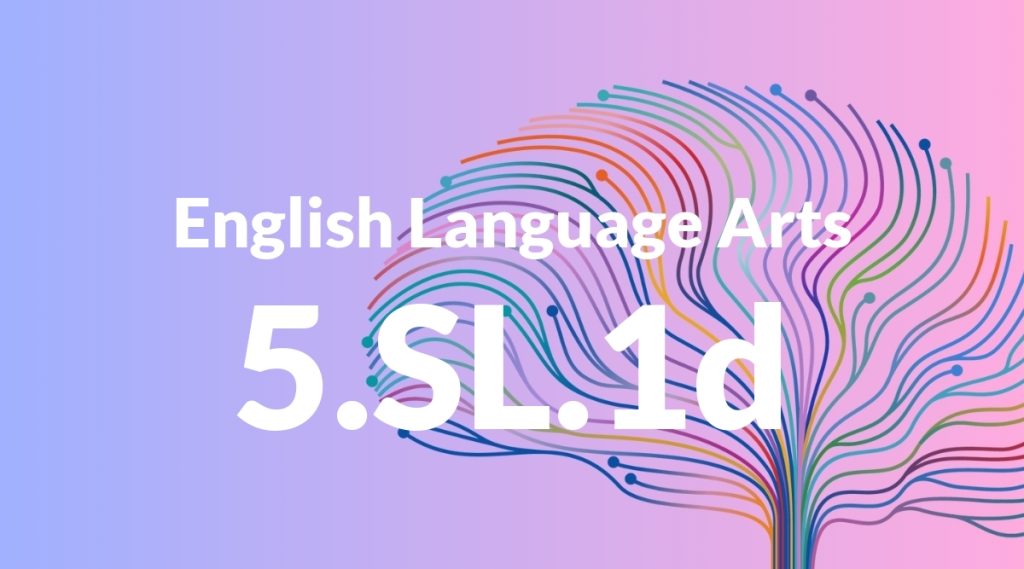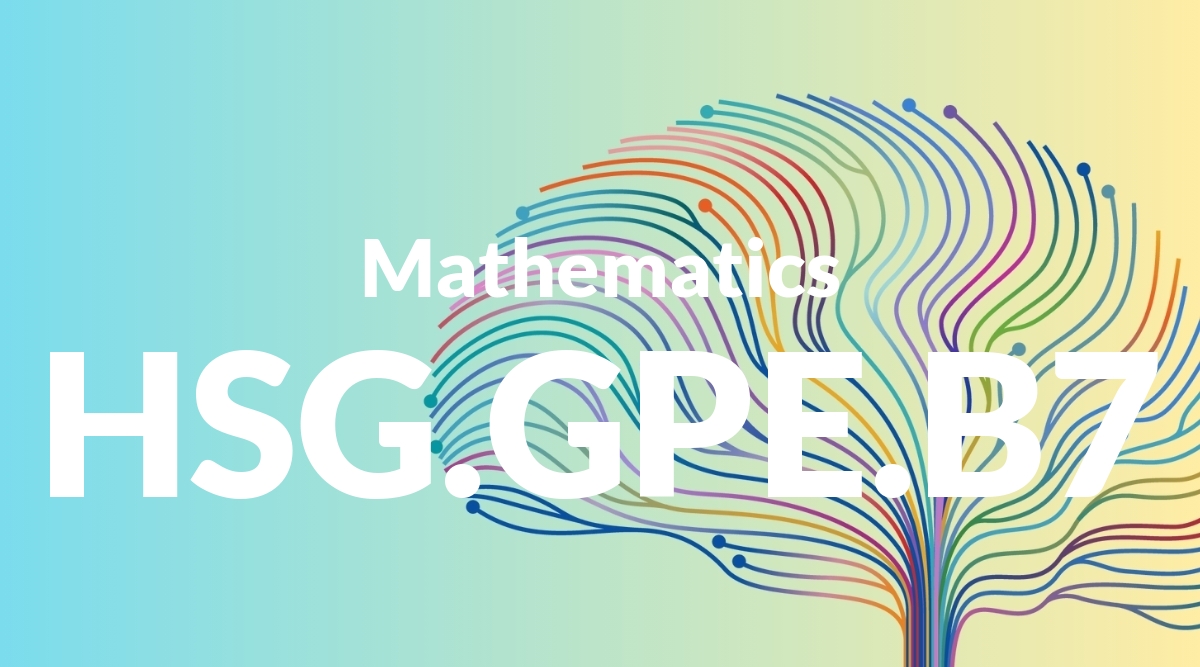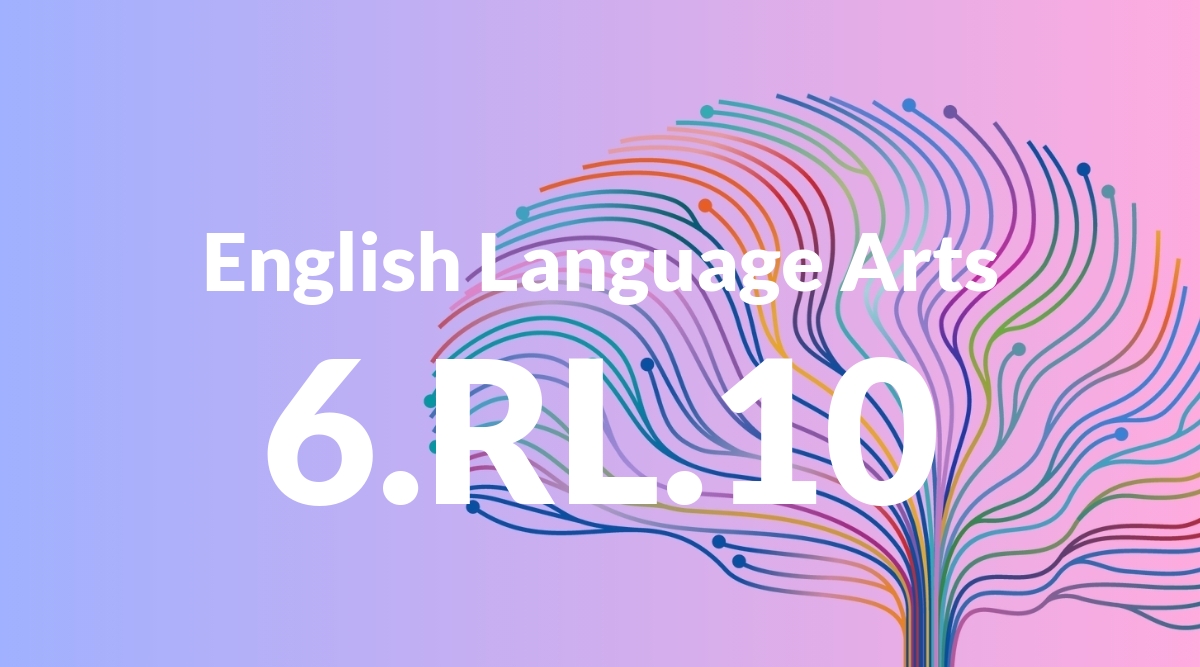Standard: 5.SL.1d – Review the key ideas expressed and draw conclusions in light of information and knowledge gained from the discussions.
Grade level: Grade 5
Subject: English Language Arts
Domain: Speaking & Listening
Teacher Overview
This standard focuses on students’ ability to review key ideas from discussions and draw informed conclusions. It is crucial for developing critical thinking and effective communication skills, which are essential for academic success and real-world interactions. Students should be able to listen attentively, summarize spoken information, and participate in group discussions. They should also understand how to draw basic conclusions from texts or conversations.
After mastering this standard, students will be able to critically analyze discussions, synthesize information from multiple sources, and present well-supported conclusions in both written and oral formats.
Common Misconception 1
Some students may think that reviewing key ideas only involves repeating what was said. This is incorrect because the standard requires them to not only summarize but also analyze and interpret the information.
Intervention 1
Use guided practice where students first summarize key points and then discuss how these points lead to specific conclusions. Provide examples and model the thought process.
Common Misconception 2
Another common misconception is that conclusions can be made without supporting evidence from the discussion. This is incorrect because conclusions should be based on specific points and evidence from the conversation.
Intervention 2
Encourage students to always link their conclusions to specific discussion points. Use exercises that require evidence-based reasoning and provide feedback on their justifications.
Prerequisite Knowledge
Students should have basic skills in listening attentively, summarizing spoken information, and engaging in group discussions. They should also be familiar with drawing simple conclusions from texts or conversations.
Subsequent Knowledge
After mastering this standard, students will develop more advanced skills in critical thinking, synthesizing information from multiple sources, and presenting their conclusions effectively in both written and oral formats.
Instructional Activities
- Hold a classroom debate on a relevant topic and have students summarize key points and draw conclusions.
- Organize group projects where students must collaborate, discuss, and present their findings.
- Run a book club where students discuss key ideas from a book and draw conclusions based on their discussions.
- Facilitate peer feedback sessions where students review each other’s work and discuss key ideas.
- Engage students in collaborative problem-solving activities that require discussion and conclusion drawing.




